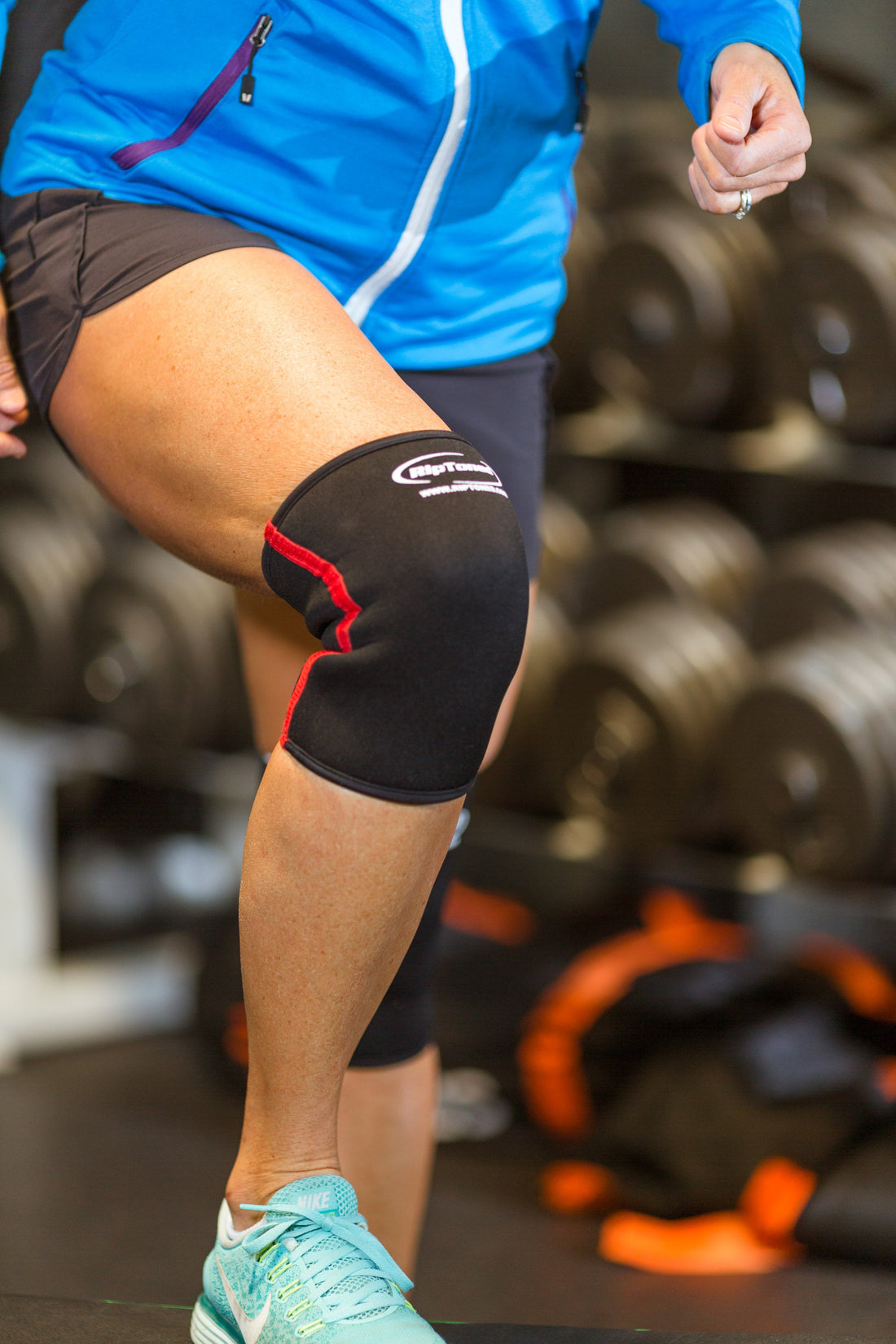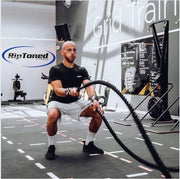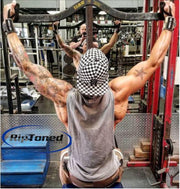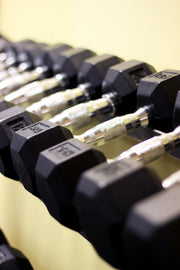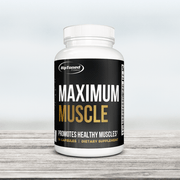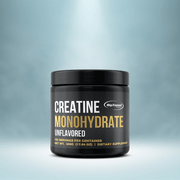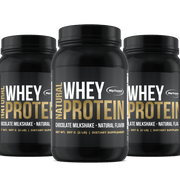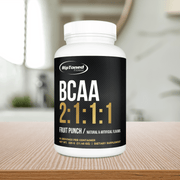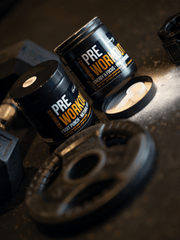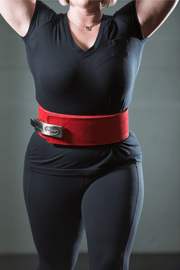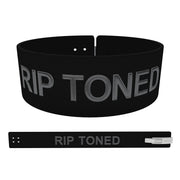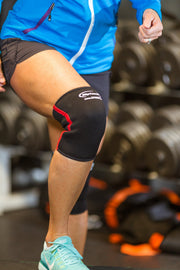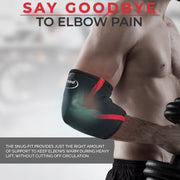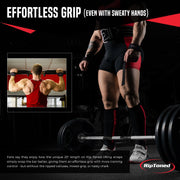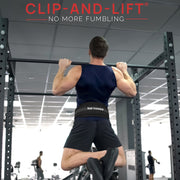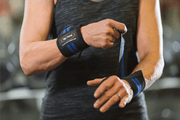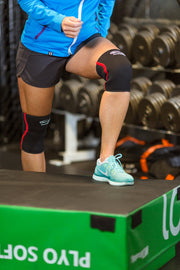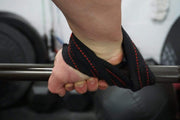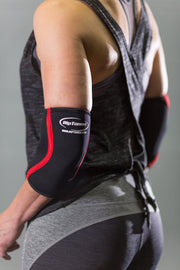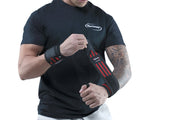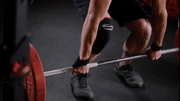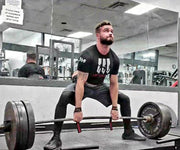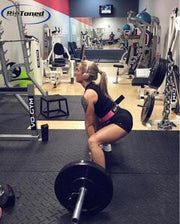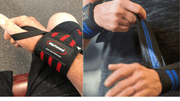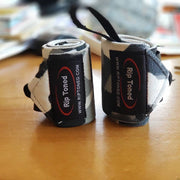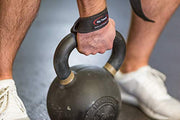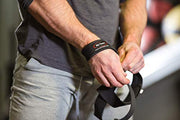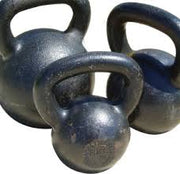Table of Contents
- Introduction to Knee Sleeves
- How Knee Sleeves Work
- Understanding Knee Support
- Benefits of Using Knee Sleeves
- Types of Knee Sleeves
- Neoprene Knee Sleeves
- Compression Knee Sleeves
- Open Patella vs Closed Patella Sleeves
- Choosing the Right Size and Fit
- Measuring for the Perfect Fit
- Finding the Right Size for Your Needs
- Factors to Consider Before Buying
- Type of Activity
- Injury History and Precautions
- Budget and Quality
- Tips for Maintaining and Cleaning Knee Sleeves
- Conclusion
Introduction to Knee Sleeves
Welcome to our comprehensive guide on knee sleeves! Whether you're an athlete, a fitness enthusiast, or someone recovering from an injury, knee sleeves can provide essential support and stability. In this article, we will explore the different types of knee sleeves, how they work, choosing the right fit, maintenance tips, and much more. Let's dive into the world of knee sleeves and uncover everything you need to know to make an informed decision.
How Knee Sleeves Work
Understanding Knee Support
Knee sleeves are designed to provide compression and support to the knee joint. The compression helps increase blood flow, reduce pain, and provide stability during physical activities. By keeping the knee joint warm and stabilized, knee sleeves can aid in injury prevention and facilitate quicker recovery.
Benefits of Using Knee Sleeves
Benefits of Using Knee Sleeves
- Improved Blood Circulation
- Reduced Swelling
- Enhanced Proprioception
- Mechanical Support for Joints
Using knee sleeves can significantly contribute to an athlete's performance and overall well-being. Let's delve deeper into the benefits offered by knee sleeves:
- Improved Blood Circulation: By providing gentle compression around the knee area, sleeves can help increase blood flow, delivering vital oxygen and nutrients to the muscles.
- Reduced Swelling: The compression provided by knee sleeves can aid in reducing inflammation and swelling, promoting faster recovery post-workout or injury.
- Enhanced Proprioception: Knee sleeves offer sensory feedback, enhancing the wearer's awareness of their knee position and movement. This can improve balance, stability, and overall movement patterns during physical activities.
- Mechanical Support for Joints: Knee sleeves provide stability and support to the knee joint, reducing the risk of injury and providing confidence to the wearer during workouts or sports activities.
Types of Knee Sleeves
Neoprene Knee Sleeves
Neoprene knee sleeves are a popular choice among athletes and fitness enthusiasts due to their versatile benefits. Here's a detailed look at why neoprene knee sleeves are an essential gear for anyone engaged in physical activities:
- Superior Durability: Neoprene knee sleeves are renowned for their exceptional durability, making them a reliable choice for long-term use. The resilient nature of neoprene material ensures that the knee sleeves maintain their support and compression properties even after prolonged usage.
- Outstanding Compression: One of the key advantages of neoprene knee sleeves is their ability to provide excellent compression. This feature not only offers support and stability to the knees during intense workouts and heavy lifting but also aids in improved blood circulation, reducing muscle fatigue, and enhancing overall performance.
- Heat Retention for Joint Warmth: Neoprene material is known for its heat-retaining properties, which is beneficial for keeping the knee joints warm during workouts. This aspect promotes flexibility and reduces the risk of injuries, particularly in colder environments or during warm-up routines.
- Protection and Injury Prevention: By providing reliable support to the knees, neoprene knee sleeves assist in injury prevention and promote quicker recovery from minor strains. The stability and warmth they offer contribute to maintaining joint health and minimizing the impact of strenuous physical activities on the knees.
Compression Knee Sleeves
Compression knee sleeves are designed to offer consistent pressure on the knee joint, assisting with reducing inflammation and providing stability. They are often used for recovery and injury prevention, allowing for improved circulation and reduced discomfort during physical activity.
- Enhanced Support: Compression knee sleeves provide targeted support to the knee joint, helping to stabilize and protect the area during physical activities such as weightlifting, running, and athletic training.
- Improved Blood Flow: By gently compressing the knee, these sleeves encourage better circulation, which can aid in reducing muscle fatigue and soreness during and after workouts.
- Performance Enhancement: Athletes and fitness enthusiasts often use compression knee sleeves to maximize their performance by maintaining joint stability and promoting efficient movement.
Open Patella vs Closed Patella Sleeves
When it comes to choosing knee sleeves, you'll encounter two main designs: open patella and closed patella. Each design offers unique benefits and considerations based on the user's needs and activities.
Let's take a closer look at the characteristics and advantages of open patella and closed patella sleeves:
- Provide focused support around the knee cap
- Maintain flexibility and mobility
- Can be beneficial for activities that involve frequent bending of the knee
- Offer relief for individuals experiencing patellar tendonitis or chondromalacia patella
- May help alleviate pressure on the knee cap during exercises such as squats and lunges
- Offer overall compression and warmth to the entire knee joint
- Provide comprehensive stability and support for the knee
- Can be advantageous for activities that require consistent knee joint protection
- Help retain heat in the knee area, promoting blood flow and reducing stiffness
- Beneficial for individuals with general knee discomfort and mild arthritis
Choosing the Right Size and Fit
Measuring for the Perfect Fit
When it comes to finding the perfect fit for knee sleeves, proper measurements are key. Follow these steps to accurately measure your knee's circumference:
- Start by using a flexible measuring tape.
- Position the tape around the center of your knee.
- Keep your knee slightly bent while taking the measurement.
RipToned's products will enhance your performance with the options of the right knee sleeves name, size and length that you can add to your cart at checkout.
After obtaining the knee circumference measurement, use the following guidelines to determine the appropriate size for your knee sleeves:
Knee Circumference (inches)
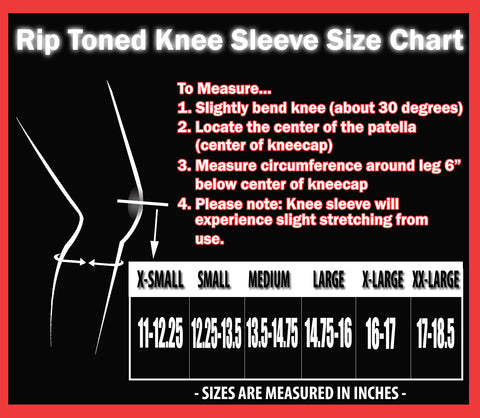
11 - 12.25
X-Small
12.25 - 13.5
Small
13.5 - 14.75
Medium
14.75 - 16
Large
16 - 17
X - Large
17 - 18.75
XX - Large
Finding the Right Size for Your Needs
Finding the Right Size for Your Needs
- Consider your specific needs when choosing the size of knee sleeves.
- If you require higher compression, a smaller size may be suitable.
- However, if comfort is your priority, a slightly larger size could be more comfortable for extended wear.
When it comes to finding the right size for your knee sleeves, there are a few important factors to consider. Here's a more detailed look at what you need to keep in mind:
- Fit for Purpose: Think about the primary function of the knee sleeves. Are you using them for support during heavy lifting, or do you need them for injury recovery and rehabilitation? The intended purpose will guide you in selecting the most appropriate size to fulfill your specific needs.
- Compression Level: A key aspect to ponder is the level of compression required. Different activities and conditions call for varying degrees of compression. If you're engaging in intense workouts, a tighter, smaller size may offer the compression needed for stability and support. On the other hand, if you prioritize comfort during prolonged wear, a slightly larger size can provide the necessary compression without feeling overly constricting.
- Anatomical Considerations: Understand the unique shape and features of your knees. Factors such as the circumference and length of your knee, as well as variations in muscle mass, should be taken into account when determining the appropriate size of knee sleeves. Measuring these anatomical aspects can assist in finding a size that offers a snug yet comfortable fit, promoting better performance and reducing the risk of injury.
Factors to Consider Before Buying
Type of Activity
The type of physical activity you engage in will influence the type of knee sleeves you require. For heavy lifting, neoprene sleeves may provide the necessary support, while compression sleeves are ideal for running, cycling, and other endurance activities.
Injury History and Precautions
If you have a history of knee injuries or require additional support due to joint discomfort, it's essential to choose knee sleeves that offer the appropriate level of compression and stability. Consult with a healthcare professional for personalized recommendations.
- Understanding Your Injury History
- Assessing Your Joint Discomfort
- Choosing the Right Level of Compression
When considering knee sleeves for injury prevention and support, it's important to delve deeper into factors such as personal injury history and levels of joint discomfort. Here are some key points to consider:
- Understanding Your Injury History: Take into account any previous knee injuries and surgeries. It's crucial to understand the nature of the injuries, any recurring issues, and the current state of your knees.
- Assessing Your Joint Discomfort: Identify the specific areas of joint discomfort and the activities that tend to exacerbate the discomfort. This will guide the choice of knee sleeves with targeted support and compression.
- Choosing the Right Level of Compression: Different activities and types of discomfort require varying levels of compression. Utilize the expertise of healthcare professionals to determine the ideal compression level for your needs.
By prioritizing the customization of knee sleeves based on injury history and joint discomfort, individuals can mitigate the risks of further injury and enhance their overall comfort and performance during physical activities.
Budget and Quality
When it comes to purchasing knee sleeves, considering both the budget and quality is paramount. Here's an in-depth look at how these factors can impact your decision-making process:
- Cost vs. Quality: It's essential to strike a balance between budget-friendly options and high-quality knee sleeves. While cost-efficient options may seem appealing, investing in superior quality sleeves can offer long-term benefits, including enhanced durability and performance.
- Material and Construction: Assessing the materials used and the overall construction of knee sleeves is crucial. High-quality materials and robust construction can contribute to better support, stability, and comfort during workouts or activities.
- Long-Term Benefits: Opting for superior quality knee sleeves can lead to increased durability, potentially reducing the frequency of replacements. This long-term cost-effectiveness can outweigh the initial investment.
Tips for Maintaining and Cleaning Knee Sleeves
Maintaining knee sleeves is crucial for their longevity and performance. Proper care and cleaning can ensure that your knee sleeves continue to provide the support and protection you need. Here are some detailed tips for maintaining and cleaning knee sleeves:
- Regular Washing: To keep your knee sleeves free from dirt, sweat, and odor, it's important to wash them regularly. Use a mild soap and lukewarm water to gently clean the sleeves by hand. Avoid using harsh detergents or bleach, as these can damage the material and affect its elasticity.
- Air Drying: After washing, it's essential to allow the knee sleeves to air dry completely. Avoid using a dryer, as high heat can cause the material to deteriorate. Instead, lay the sleeves flat on a clean, dry surface in a well-ventilated area. This will help prevent the growth of odor-causing bacteria.
- Storage: Storing your knee sleeves properly is key to maintaining their quality. Avoid crumpling or folding the sleeves, as this can cause creases and weaken the fabric over time. Instead, roll them up neatly and store them in a well-ventilated area away from direct sunlight and excessive moisture.
- Maintenance: Aside from cleaning, it's important to inspect your knee sleeves regularly for any signs of wear and tear. Check for loose stitching, fraying edges, or changes in elasticity. Address any issues promptly to prevent further damage and maintain the effectiveness of the sleeves.
- Odor Prevention: To keep your knee sleeves smelling fresh, consider using a mild fabric-safe disinfectant spray after cleaning and drying them. This can help eliminate any lingering odors and bacteria, ensuring that your knee sleeves remain hygienic and pleasant to wear.
Conclusion
In conclusion, knee sleeves are valuable accessories that offer support, warmth, and stability for the knee joints. By choosing the right type, size, and considering individual activity levels, knee sleeves can significantly enhance comfort and reduce the risk of injury. We hope this guide has provided valuable insights to help you make an informed decision when selecting knee sleeves for your specific needs.

